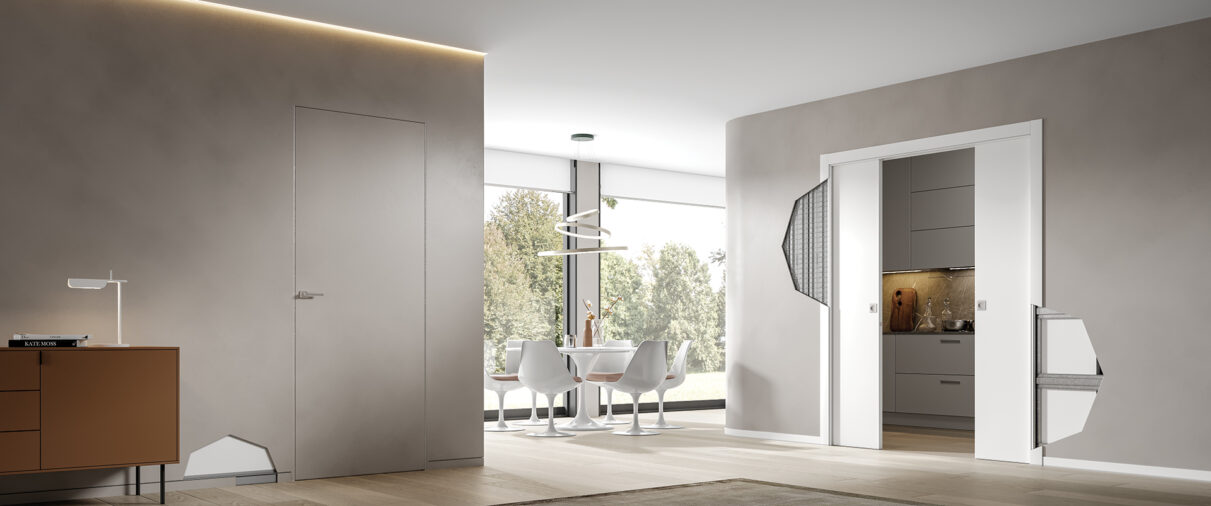THE FIRST SCRIGNO DOOR
In 1989, Scrigno patented the metal-framed pocket door system: for the first time, a door disappeared inside a wall.
AMONG THE BEST-KNOWN*
A recent market survey confirms Scrigno as the most recognized and appreciated leading brand in the sector, both among consumers and design professionals.
THE MOST RECOMMENDED*
Over 90% of customers who chose Scrigno would recommend the brand, as they are completely satisfied with the product.
(*) Online survey of 1,000 consumers and professionals
News
Success in the finishes-doors category. A new milestone for Scrigno and the design created by Elisa Ossino
7 Nov 2025
See news
Scrigno announces the acquisition of Ecomet and FBP porte
15 Oct 2025
See news
Scrigno launches Mappa Mundi: a fresh interpretation of the doorway by Elisa Ossino
17 Sep 2025
See news



